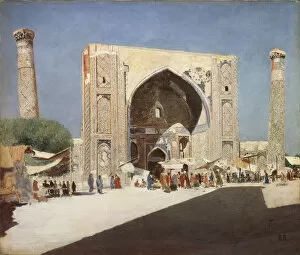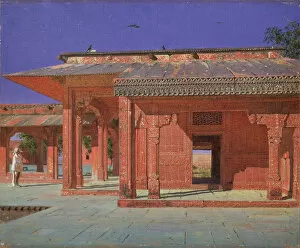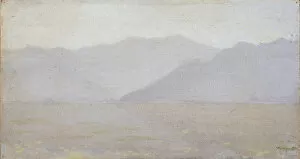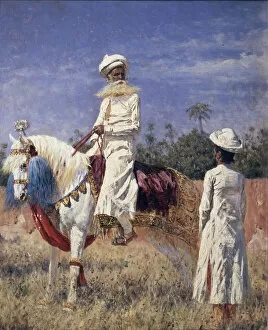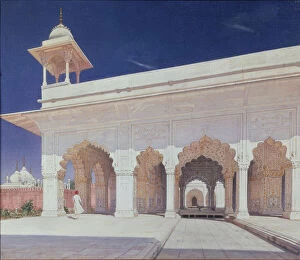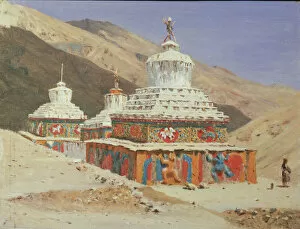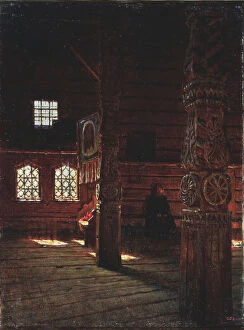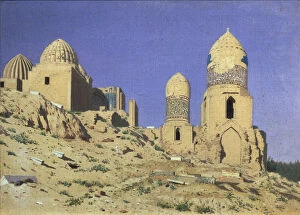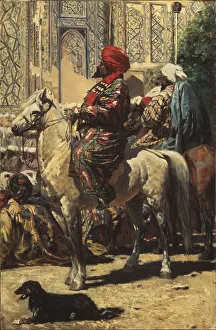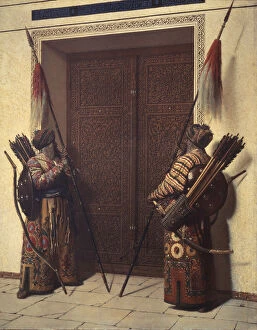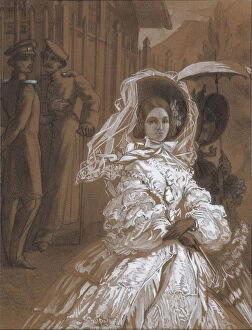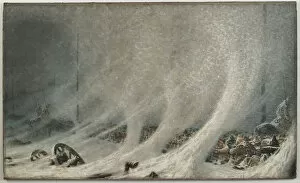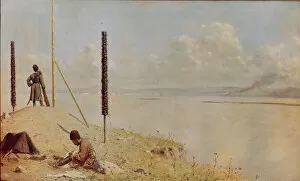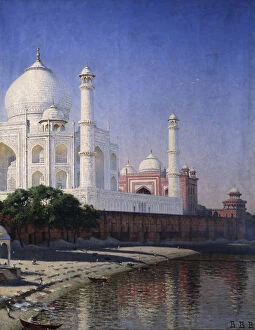Vasili Vasilyevich 1842 1904 Collection (page 2)
Vasili Vasilyevich (1842-1904): A Master of Capturing the World's Beauty and Turmoil Step into the world of Vasili Vasilyevich
For sale as Licensed Images
Choose your image, Select your licence and Download the media
Vasili Vasilyevich (1842-1904): A Master of Capturing the World's Beauty and Turmoil Step into the world of Vasili Vasilyevich, a renowned artist who left an indelible mark on the art scene in the late 19th century. Born in 1842, this talented individual possessed a unique ability to capture both beauty and turmoil through his brushstrokes. One of his notable works is "The Sherdar Madrasah at the Registan Square in Samarkand" painted between 1869-1870. In this masterpiece, Vasilyevich skillfully portrays the grandeur and architectural marvels of Central Asia. Another captivating piece by him is "Napoleon Bonaparte on the Borodino Heights, " completed in 1897. This painting transports us back to one of history's most significant battles, allowing us to witness Napoleon's presence amidst chaos and destruction. Vasilyevich also ventured into capturing moments from everyday life, as seen in "The Gallery of Alexander Basilewsky residence in Paris" from 1870. Through this artwork, he invites us into a lavish setting where elegance meets artistic expression. However, it was not just grand scenes that fascinated Vasilyevich; he also found inspiration in nature's wonders. His work titled "Sunset in the Himalayas" showcases his mastery over landscapes as he paints a breathtaking vista bathed in golden hues. In contrast to serene landscapes, Vasilyevich delved into darker themes too. His depiction of crucifixion by Romans demonstrates his ability to evoke emotions with raw intensity while shedding light on historical events that shaped our world. Among his most famous pieces are those inspired by Shipka Pass - an important location during Russo-Turkish conflicts. Both "All quiet on the Shipka Pass" and "Soldier in the snow" depict soldiers in moments of solitude and contemplation, capturing the harsh realities of war.

